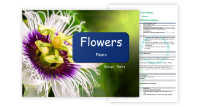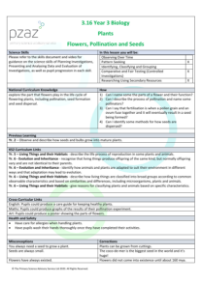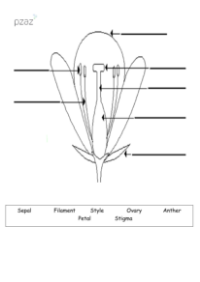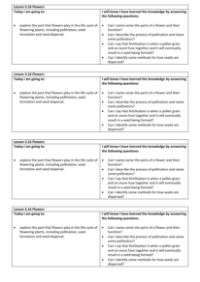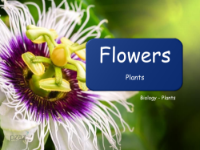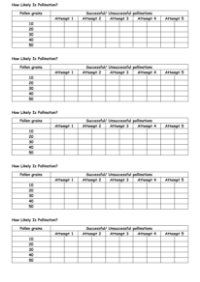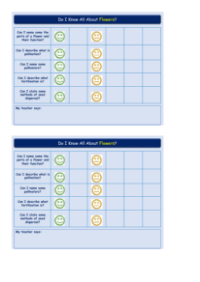Flowers - Teacher Explanation

Science Resource Description
Welcome to Lesson 3.16, titled 'Flowers, Pollination and Seeds', a part of the Year 3 Plants Unit. This lesson is designed to delve into the role of flowers within the life cycle of flowering plants, covering key stages such as pollination, seed formation, and seed dispersal. A word of caution is given for those with plant allergies and the importance of handwashing after handling plant matter is stressed. There's an opportunity to integrate English into the lesson, with activities like writing biographies of notable botanists and graphing experimental results. Pupils can also create informative posters detailing the parts of a flower, their names, and functions.
The lesson features a whole class activity focused on the anatomy of a flower, where pupils will need resources such as a flower labeling diagram, a microscope, a knife or scissors, a white tile, and a flower, preferably a lily due to its large size and easily observable structures. The teacher will guide the pupils through the process of dissecting the lily to identify and label different parts such as the stigma, style, ovary (the female parts), and the anther and filament (the male parts). The lesson also includes a hands-on pollination experiment where pupils create their own paper flowers and simulate pollination using yellow pom-poms as pollen. Additionally, pupils will research and present on various seed dispersal methods and conduct an experiment simulating explosive seed dispersal using balloons and confetti to understand how seeds can be spread away from the parent plant to reduce competition for resources.

